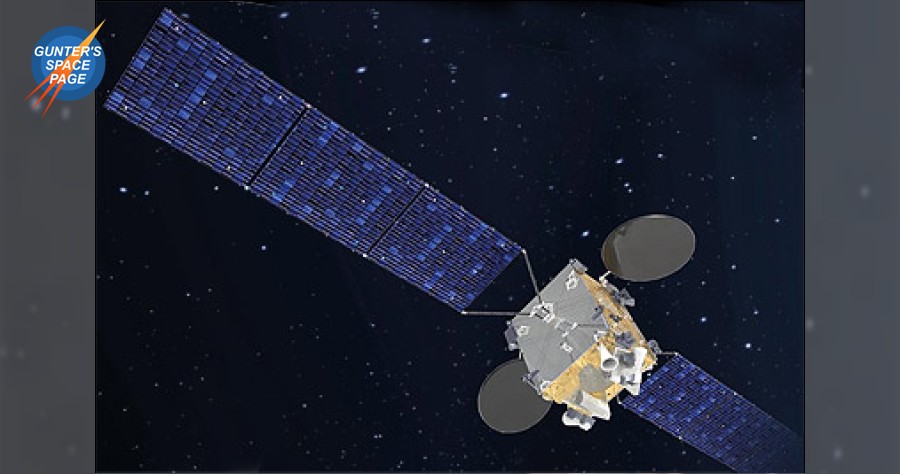Launch Date: June 29
Launch Window: 5:04pm EDT (2:04pm PDT, 21:04 UTC)
Launch site: SLC-40, Cape Canaveral Space Force Station, Florida
Core Booster Recovery: ASDS - ASOG
Booster: B1073.2
Fairings: TBD
Mass: 3,500kg (7715 lbs)
Orbit: GTO
Yearly Launch Number: 27th
A SpaceX Falcon 9 rocket will launch the SES 22 communications satellite for SES of Luxembourg. Built by Thales Alenia Space, SES 22 will provide C-band television and data services in the United States and will be stationed at 135° west..

 space.skyrocket.de
space.skyrocket.de
Launch Window: 5:04pm EDT (2:04pm PDT, 21:04 UTC)
Launch site: SLC-40, Cape Canaveral Space Force Station, Florida
Core Booster Recovery: ASDS - ASOG
Booster: B1073.2
Fairings: TBD
Mass: 3,500kg (7715 lbs)
Orbit: GTO
Yearly Launch Number: 27th
A SpaceX Falcon 9 rocket will launch the SES 22 communications satellite for SES of Luxembourg. Built by Thales Alenia Space, SES 22 will provide C-band television and data services in the United States and will be stationed at 135° west..

SES 22, 23
SES 22 and SES 23 are two C-band only communications satellites owned by SES.
Last edited:


